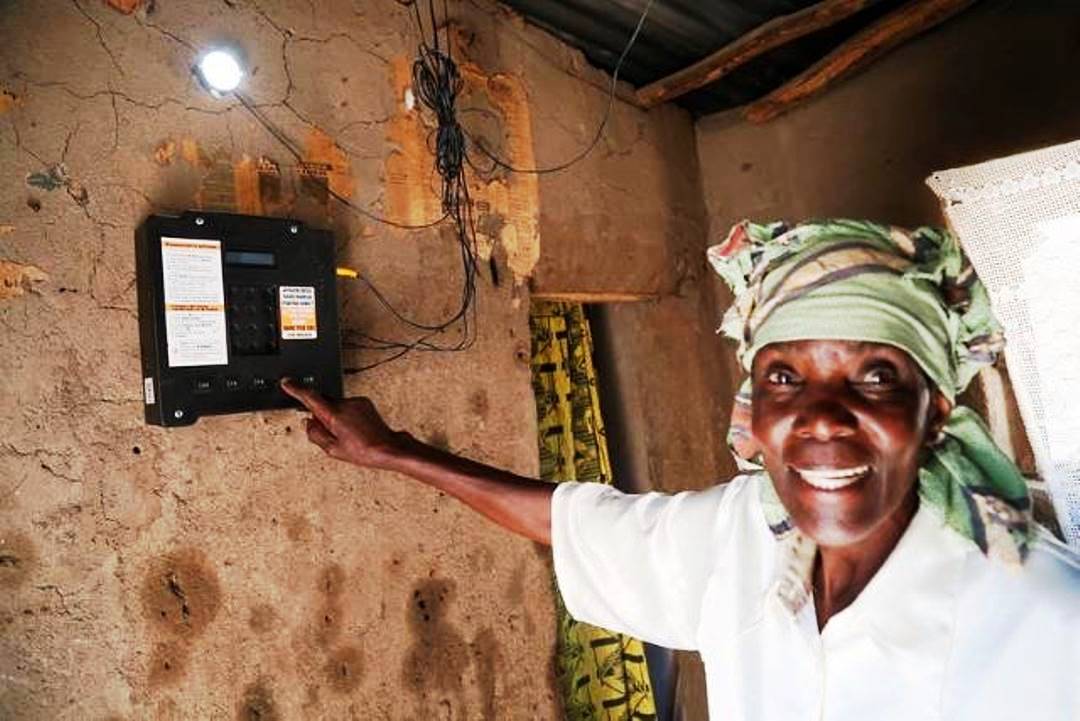Place your adverts here on InfoDig @ low rates; banner ads, sponsored links and guest articles etc. Contact us
High net worth doesn’t always guarantee economic stability in today’s complex financial landscape. This paradox is increasingly common, even among couples in their 40s who have accumulated substantial wealth on paper.
Let’s explore why a couple with a net worth of $1 million might still struggle financially, drawing insights from renowned personal finance experts like Ramit Sethi, Dave Ramsey, and Robert Kiyosaki.
1. The Illusion of Paper Wealth
Paper wealth can be deceiving. A couple might boast a million-dollar net worth, but this figure often includes non-liquid assets like home equity, retirement accounts, and other investments. While these contribute to long-term financial health, they don’t necessarily translate to day-to-day financial comfort.
Consider a couple with a $600,000 home, $350,000 in retirement accounts, and $50,000 in savings. On paper, they’re millionaires. However, if their monthly income barely covers their expenses, they might struggle to pay unexpected costs or even regular bills. This scenario illustrates how net worth alone doesn’t paint a complete picture of financial well-being.
2. Cash Flow Challenges: Asset-Rich but Cash-Poor
Being “cash poor” is a common predicament for high-net-worth individuals. It describes a situation where a person or couple has valuable assets but limited liquid cash for daily expenses or emergencies. This can lead to a precarious financial situation despite appearing wealthy on paper.
Experts like Ramit Sethi often emphasize maintaining a healthy cash flow. While investing for the future is crucial, it’s equally important to have accessible funds for current needs. A balanced approach might involve keeping 3-6 months of living expenses in an easily accessible emergency fund and investing for long-term growth.
3. The Hidden Burden of High Fixed Expenses
High fixed expenses can quickly eat away at even a substantial income. In personal finance, this is like a “death by a thousand cuts” – where numerous ongoing commitments slowly drain financial resources. For our hypothetical couple, these might include a hefty mortgage payment, car loans, private school tuition for children, or high-end insurance policies.
These expenses, often associated with an upper-middle-class lifestyle, can create a financial strain that’s not immediately apparent from the outside.
To address this, Dave Ramsey advocates carefully reviewing all expenses, cutting back to align spending with long-term financial goals, and paying off debts from smallest to largest to create some financial momentum. Ramsey advises that it’s better to downsize in cars or homes if they are not allowing you to live within your means.
4. Lifestyle Inflation: When Income Growth Leads to Overspending
As income increases, it’s natural to want to improve one’s lifestyle. However, this tendency, known as lifestyle inflation, can be a significant factor in financial strain. Ramit Sethi often points out how individuals and couples may increase their spending in lockstep with income growth, leading to a situation where they live beyond their means despite a high net worth.
This might manifest as upgrading to a larger home, leasing luxury vehicles, or frequently dining at expensive restaurants. While these choices can enhance quality of life, they can also create a financial treadmill that’s difficult to escape. Sethi suggests consciously deciding which lifestyle upgrades bring value and happiness rather than automatically increasing spending.
5. The Retirement Savings Paradox
Saving for retirement is crucial, but it’s possible to over-invest at the expense of current financial stability. Our million-dollar couple might be maxing out their 401(k)s, IRAs, and other retirement vehicles, leaving them cash-strapped in the present.
While Sethi and other experts advocate for robust retirement savings, they warn against neglecting current financial needs. The key is finding a balance that ensures stability and future security. This might involve temporarily reducing retirement contributions during economic strain to pay off debt or building an emergency fund.
6. Debt: The Silent Wealth Eroder
Debt can significantly impact financial health, even for high-net-worth individuals. Dave Ramsey is particularly vocal about the importance of becoming debt-free. High-interest consumer debt, such as credit card balances, can quickly erode wealth and strain monthly budgets.
Even “good” debt like mortgages or student loans can become burdensome if not appropriately managed. Our couple might have a substantial mortgage on their home or lingering student loans from advanced degrees. Addressing these debts through the snowball or avalanche debt payoff strategies can help free up cash flow and reduce financial stress.
7. The Importance of Strategic Financial Planning
Robert Kiyosaki emphasizes the crucial role of financial education and planning. A lack of a structured approach to finances can lead to impulsive decisions and missed opportunities, regardless of net worth.
A comprehensive financial plan should include budgeting, goal-setting, and regular financial check-ups. It’s not just about accumulating wealth but about managing it effectively. This might involve working with a financial advisor to create a tailored strategy that aligns with the couple’s goals and circumstances.
8. Real Estate: A Double-Edged Sword for Net Worth
Real estate can be a powerful wealth-building tool, as Kiyosaki often advocates. However, it can also tie up a significant portion of net worth in an illiquid asset. Our million-dollar couple might have much of their wealth tied up in their primary residence or investment properties.
While real estate can provide long-term appreciation and potential rental income, it doesn’t always offer immediate liquidity. Balancing real estate investments with more liquid assets is crucial for maintaining financial flexibility.
9. Navigating the Tax Maze
High income and substantial assets often come with complex tax implications. Our couple might be in a higher tax bracket, facing increased income taxes, property taxes, and potential capital gains taxes on investments.
Effective tax planning is crucial for preserving wealth. This might involve strategies like tax-loss harvesting, utilizing tax-advantaged accounts, or timing income and deductions strategically. However, tax laws are complex and constantly changing, making professional advice invaluable.
Conclusion
The paradox of being “millionaires on paper” yet struggling financially is more common than many realize. It underscores the importance of looking beyond net worth for more complete financial health.
For our hypothetical couple in their 40s and anyone aiming for financial security, the key lies in balancing these financial strategies:
- Maintaining adequate cash flow and liquidity
- Managing fixed expenses and avoiding lifestyle inflation
- Balancing current needs with future goals like retirement
- Addressing debt strategically
- Engaging in comprehensive financial planning
- Diversifying investments beyond just real estate
- Navigating tax implications effectively
By addressing these areas, individuals and couples can work towards aligning their day-to-day finances with their long-term financial health, turning paper wealth into genuine financial security.
The insights from experts like Sethi, Ramsey, and Kiyosaki serve as valuable guides, but it’s important to tailor these principles to individual circumstances. With careful planning and financial management, bridging the gap can bridge high net worth, and proper financial stability is possible.















 English (US) ·
English (US) ·